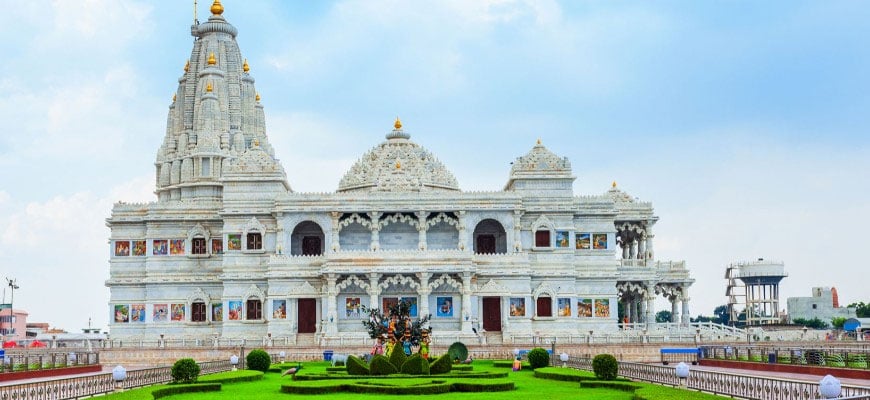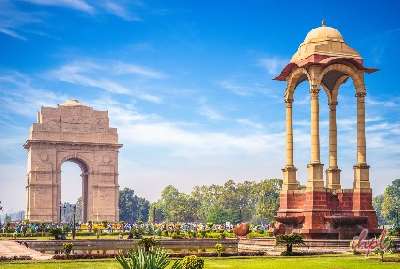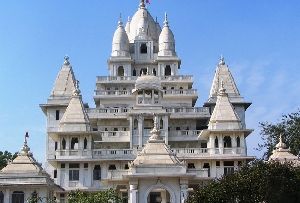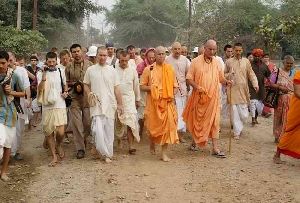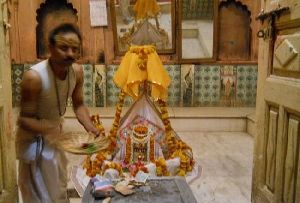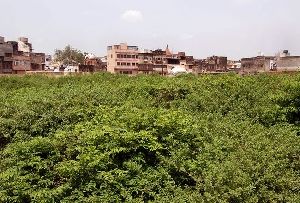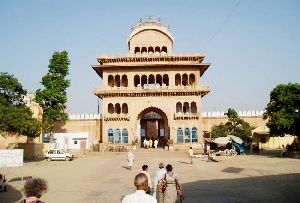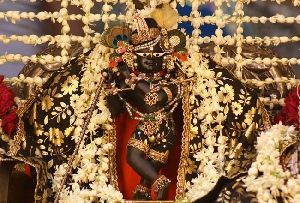Vrindavan is well-known as one of most-visited pilgrimage centre of the Hindus. The holy town is connected to the history of the Hindu God, Lord Krishna. The weather remains almost same as the rest of north India. January- March and October- December are considered the best months to visit the place as the temperature ranges between 12°C and 25°C. The weather remains mild and pleasant during these months which make it an ideal time for sightseeing at different attractions of the place.
|
|
|
|
|---|---|---|
| Summers | April to June | 28°c – 45°c |
| Monsoon | July to Sep | 24°c – 32°c |
| Winter | October to March | 5°c – 27°c |
When & Where to Visit in Vrindavan
Vrindavan in summers (March- June)
During the summer season, the temperature in Vrindavan raises upto 48°C which is further added on with tons of humidity. Nights, on the other hand are cooler as the temperature drops down to 28°C. Those who are used to such hot weather can travel to the place during this season. But, it is advised not to visit here in summers as the heat is almost unbearable and it spoils your idea of perfect sightseeing.
Vrindavan in monsoons (July- September)
Vrindavan receives moderate amount of rainfall right from July to September. The rains take the temperature scale to a lower level and it ranges between 25°C to 35°C. At the mid of the season, the weather becomes wet and humid. It is a good time to visit the place and seek blessings at Madan Mohan Temple, ISCKON Temple, Shahji Temple and Radha Raman Temple.
Vrindavan in winters (December- February)
Winters arrive in Vrindavan from December to February. The weather remains pleasant and cold during the season and the temperature ranges from 12°C to 20°C. It is the best time to visit the place. Pay a visit to Banke Bihari Temple, Govind Deo Temple, Jaipur Temple, Kesi Ghat, Gopeshwar Mahadev Temple, Seva Kunj and Radha Gokulananda Temple.

